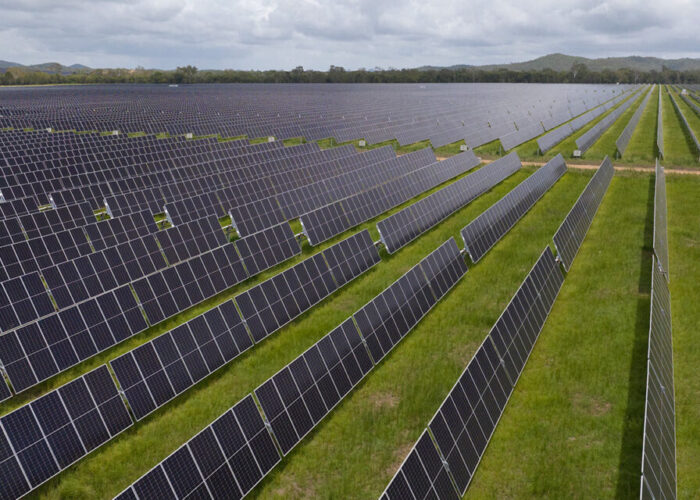
US independent power producer (IPP) Arevon has secured a US$351 million financing package to support the construction of its 251MW Gibson solar project in Indiana, US.
The financing comprises a construction loan and a letter of credit facility, both led by US bank CoBank. The construction loan was also delivered by Societe Generale, and PNC Bank.
Unlock unlimited access for 12 whole months of distinctive global analysis
Photovoltaics International is now included.
- Regular insight and analysis of the industry’s biggest developments
- In-depth interviews with the industry’s leading figures
- Unlimited digital access to the PV Tech Power journal catalogue
- Unlimited digital access to the Photovoltaics International journal catalogue
- Access to more than 1,000 technical papers
- Discounts on Solar Media’s portfolio of events, in-person and virtual
Arevon started construction at the 251MW project, located in Gibson County, last month. Upon completion, it will become the property of the state utility Northern Indiana Public Service Company (NIPSCO).
“Gibson Solar represents our sixth completed financial package in the last year, amounting to US$3 billion in capital,” said Denise Tait, chief investment officer at Arevon.
Indeed, the last year has seen Arevon make a string of deals and project announcements. Many of them have been in Indiana, which is becoming a hotbed for utility-scale solar generation.
Earlier this month, the company secured US$299 million in debt financing to support the construction of the 192MW Ratts 1 project and the 60MW Heirloom project, both in Pike County, Indiana. Two weeks prior, it inked an Environmental Attributes Purchase Agreement (EAPA) with Silicon Valley tech platform giant Meta for the Heirloom project.
Last week, Arevon COO Justin Johnson spoke to PV Tech Premium about the company’s operations and its emphasis on Indiana. Johnson said that the state became attractive for utility-scale solar PV development when the Midcontinent Independent System Operator (MISO) authority began to retire coal capacity in the state. This coincided with developments in solar PV efficiency and a reduction in the levelised cost of energy (LCOE) for the technology, he said, which made large-scale solar in Indiana possible.






